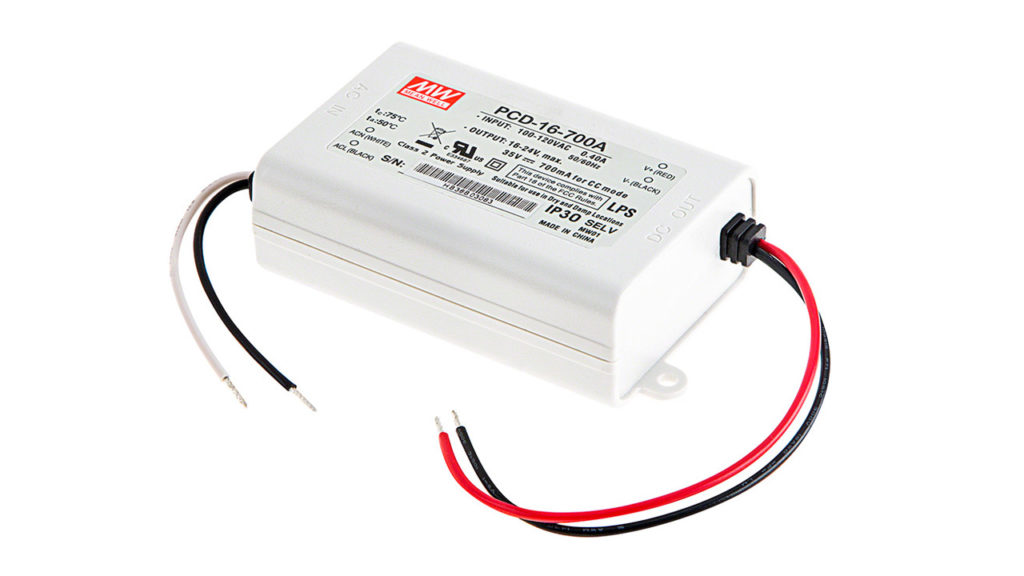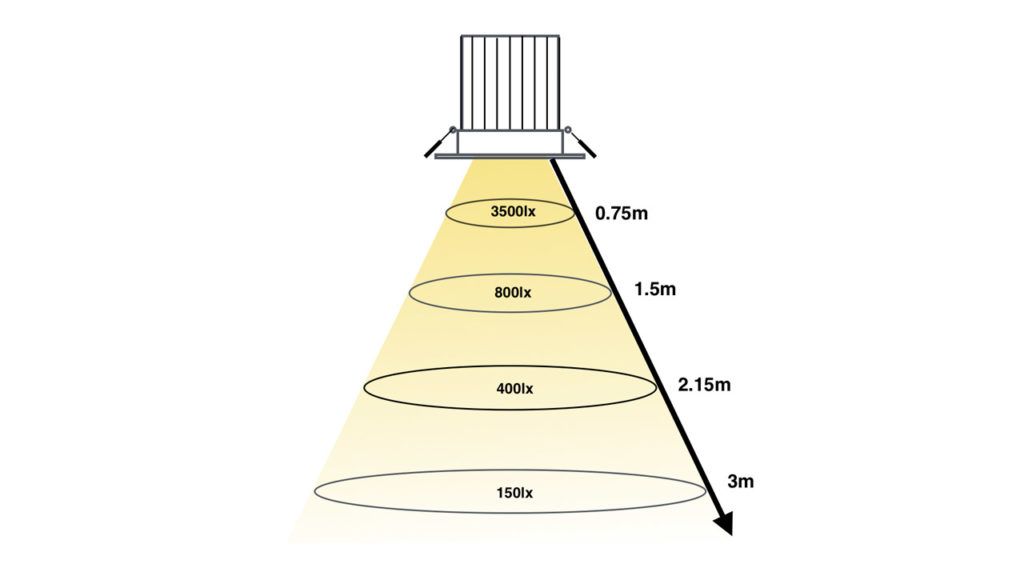Ballast
Devices that provide the appropriate voltage and current needed to operate gas-discharged lamps, such as fluorescent and HID, are called ballast. The ballast limits the current transmitted to the gas discharge lamps, thus preventing the lamp from deteriorating by attracting high current.

Devices that provide the appropriate voltage and current needed to operate gas-discharged lamps, such as fluorescent and HID, are called ballast. The ballast limits the current transmitted to the gas discharge lamps, thus preventing the lamp from deteriorating by attracting high current.
Ballast is the mechanism that controls how much electric current goes from the power supply to the lamp. The duty of the ballast is not only to protect the lamp by limiting the current. The high voltage required by the lamp in the first operation also provides ballast.
Gas-discharged lamps require high voltage when first operated. An electric arc is formed under high voltage and triggers the gases in the lamp. After the arc is formed, the ballast attempts to limit the current by lowering the voltage. In this way, the light output of the lamp is fixed and maintained. If the current is not limited in gas-discharged lamps, the lamp will heat up uncontrollably and fail. Keeping the temperature in the safe range is extremely important for lamp life.
There are two types of ballast; magnetic ballast and electronic ballast.
Magnetic ballast has a fairly simple design. A transformer formed with copper windings is used in it. The length, thickness and transformer input-output winding ratios of the copper wire determine the output current and voltage of the ballast. Magnetic ballast, large and heavy structure.
Electronic ballasts use electronic circuit elements to control the output current. With electronic ballasts, the current can be managed very precisely. Electronic ballasts are smaller and much lighter than magnetic ballasts. In addition, it has higher electrical efficiency.
Electronic ballasts are used in almost all modern applications. Because, electronic ballasts reduce energy consumption compared to magnetic ones, allowing energy to be used more efficiently. In addition, electronic ballasts can control the output current, thus increasing and decreasing the intensity when there is need.
In lighting systems where magnetic ballast is used, it is possible to replace the ballast with electronic ones.






